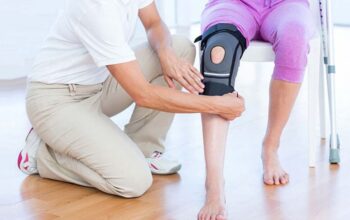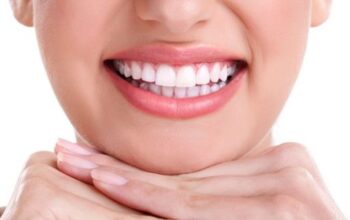
Scoliosis is the abnormal and sideways curvature of the spine or back. This condition may start in early childhood and progress as the person ages. Generally, scoliosis doesn’t cause pain, but some people still get scoliosis treatment in Singapore.
People with scoliosis have uneven shoulder levels, imbalanced hips, uneven waist and rib cage jutting upward. The severity of scoliosis depends on the angle of its curvature. A curvature that is 40+ degrees is already chronic or severe.
There are three types of scoliosis. These are, idiopathic scoliosis, congenital scoliosis, and neuromuscular scoliosis. The most common among the three is idiopathic scoliosis.
Here are the risk factors of scoliosis:
1. FAMILY HISTORY
Many experts believe that genetic predisposition plays a role in the onset of idiopathic scoliosis, one of the three primary types of scoliosis.
There is no definite cause for idiopathic scoliosis but evidence of genetic variant patterns makes experts believe that genes are a cause of this condition. But the question of how genes affect the spine is still up for research.
Nevertheless, it makes scoliosis a hereditary condition, meaning it runs in the family. If you have a family member with idiopathic scoliosis, you are likely to get one, too.
2. AGE
Although some cases of scoliosis are found in children, its rapid progression happens during adolescence. Moreover, as people grow older and bones become weaker, the sideways and forward curvature of the spine become more apparent.
It is why many old people have hunched backs. Some seek back pain treatment in Singapore to ease discomfort.
3. GENDER
Scoliosis affects women more than men. Women are ten times more likely to be diagnosed with idiopathic scoliosis in their teenage years than men. Scientists have no concrete reasons as to why, but they are pondering the hormone theory.
Leptin, a hormone responsible for bone growth, may trigger the onset of idiopathic scoliosis. The decrease in leptin levels among women during puberty increases their chance of developing scoliosis.
4. EXISTING AND CONGENITAL CONDITIONS
Some existing and congenital health conditions lead to neuromuscular and congenital scoliosis, too. These conditions include:
- Polio
- Cerebral palsy
- Syringomyelia
- Rheumatoid arthritis
- Muscular dystrophy
- Turner syndrome
As mentioned, scoliosis is generally harmless. But scoliosis sometimes manifests complications, such as breathing problems, back problems, appearance issues, and sometimes headaches.
Do you have one of these risk factors? You can consult a spine and headache specialist in Singapore for diagnosis.
Are you looking for a carpal tunnel syndrome treatment? Perhaps, scoliosis management? Find them at Orchard Health Clinic. Visit Orchard Health Clinic for more information.



